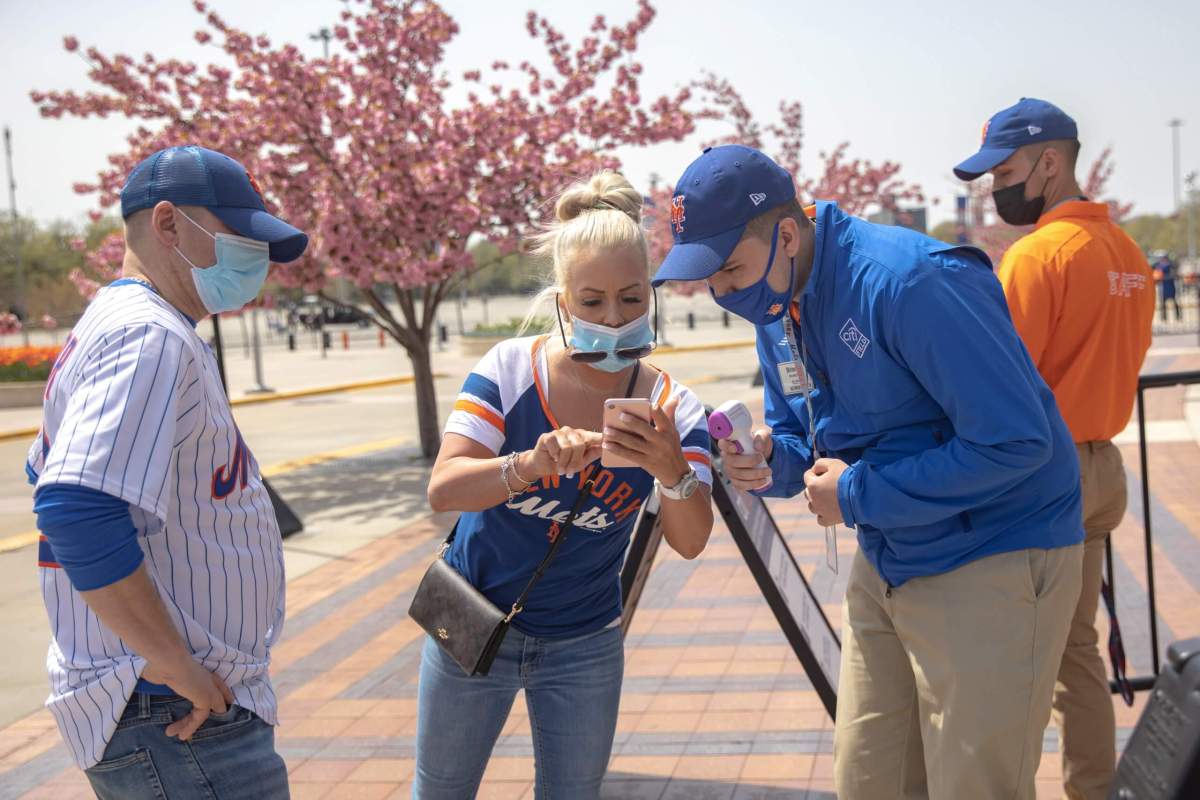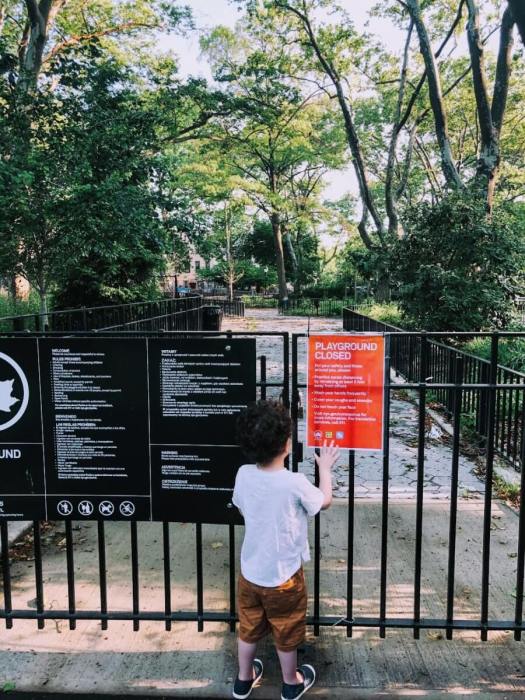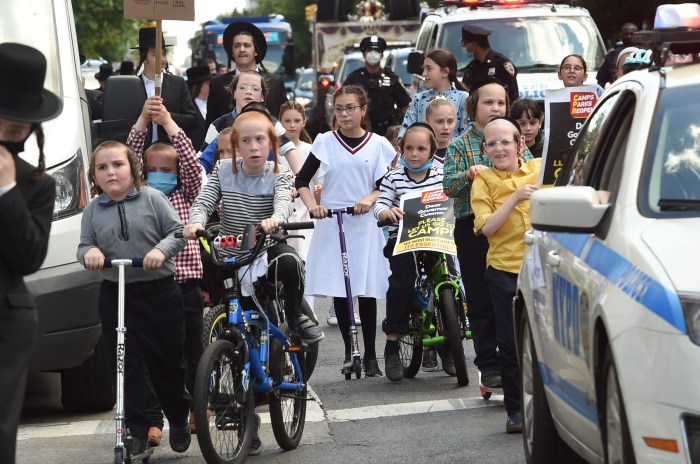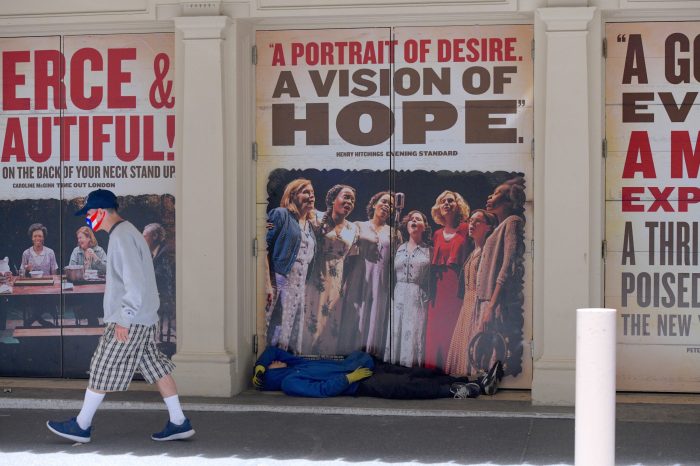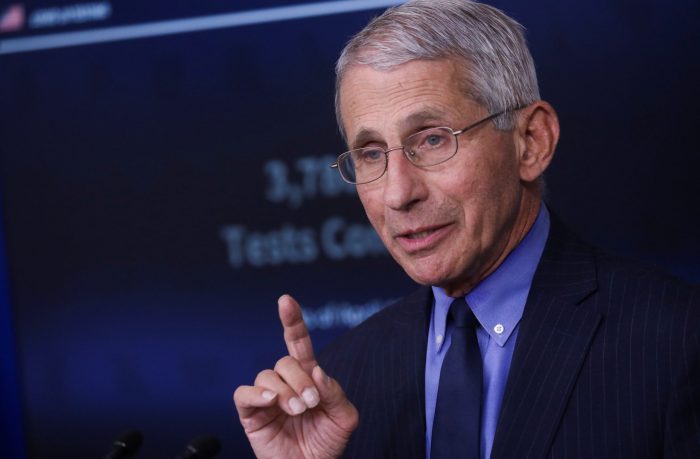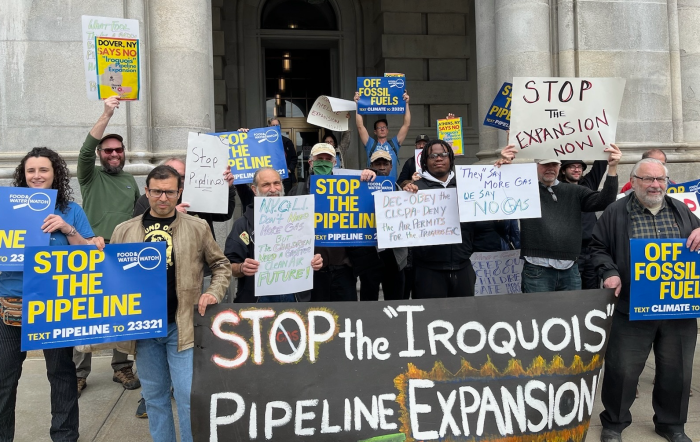The rapid drop in COVID-19 cases across New York City continued over the past week, and the city’s Health Department reported that not one area of the Big Apple registered a 7-day positivity rate above 5%.
At the same time, between April 29-May 5, 35 ZIP codes in New York City — most of which were in Manhattan — logged 7-day positivity rates below 1%. It’s a dramatic turnaround from just four weeks ago, when nine areas of New York — mostly in the outer boroughs — tallied positivity rates of 10% or higher.
The lower numbers come at a time when New York City is gradually reopening and more New Yorkers continue to get vaccinated against the potentially deadly virus. To date, just shy of 7 million doses of the serum have been injected into the arms of residents across the five boroughs.
Five of the six highest rates in the five boroughs, all of which were above 4%, were found in Queens, with Richmond Hill (ZIP code 11418) coming in on top at 4.65%. The other Queens areas at the top of the city’s 7-day positivity rate list were Queens Village (11428, 4.60%), South Ozone Park (11420, 4.43%), Flushing/Murray Hill/Queensboro Hill (11354, 4.41%) and Ozone Park (11416, 4.04%).
The Staten Island communities of Charleston/Prince’s Bay/Woodrow (10309, 4.37%) were the lone areas outside of Queens with a positivity rate exceeding 4%.
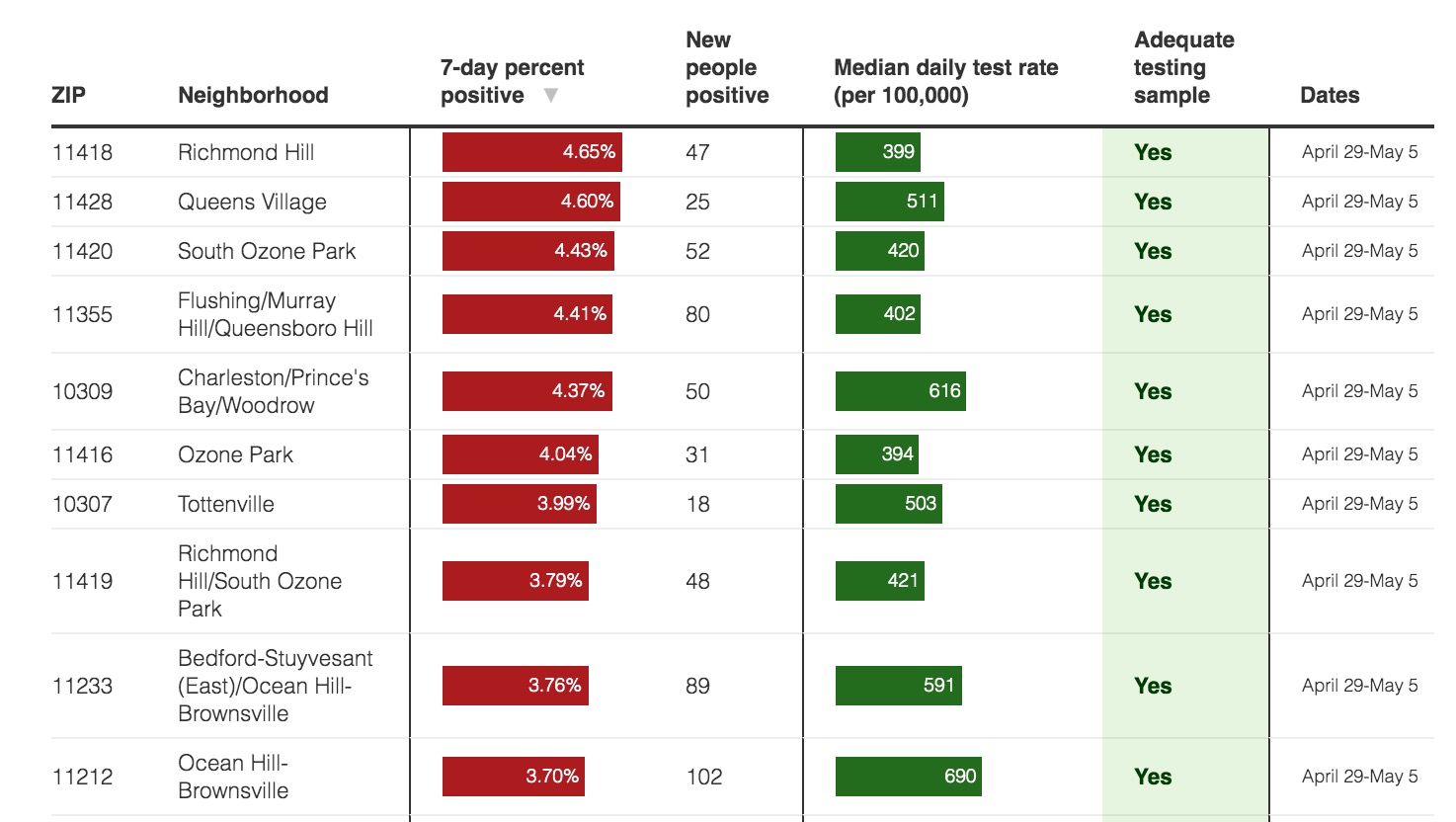
The turnaround was particularly dramatic for Flushing/Murray Hill/Queensboro Hill, which a month ago had the highest 7-day positivity rate and the second-highest number of total COVID-19 cases. Between April 6-12, the area had a 10.69% positivity rate and 289 cases; this time around, between April 29-May 5, the community saw its positivity rate drop by 6.28%, and its case fell by more than 200 — with just 80 recorded in the most recent period.
Overall, just three areas of New York City logged 100 or more COVID-19 cases between April 29-May 5, according to the Health Department data. All three areas were in eastern Brooklyn — two ZIP codes covering Cypress Hills and East New York (11207 and 11208, 105 and 104 cases, respectively) and Ocean Hill/Brownsville (11212, 102 cases).
But those figures represent a decline of 50% or more in COVID-19 cases from the totals recorded between April 6-12. During that period, the Cypress Hills and East New York areas had registered 210 and 312 cases, respectively, while the Ocean Hill/Brownsville area had 247 cases.
Seven other neighborhoods in Brooklyn, Queens and Staten Island tallied 75 or more cases between April 29-May 5, according to the city Health Department.
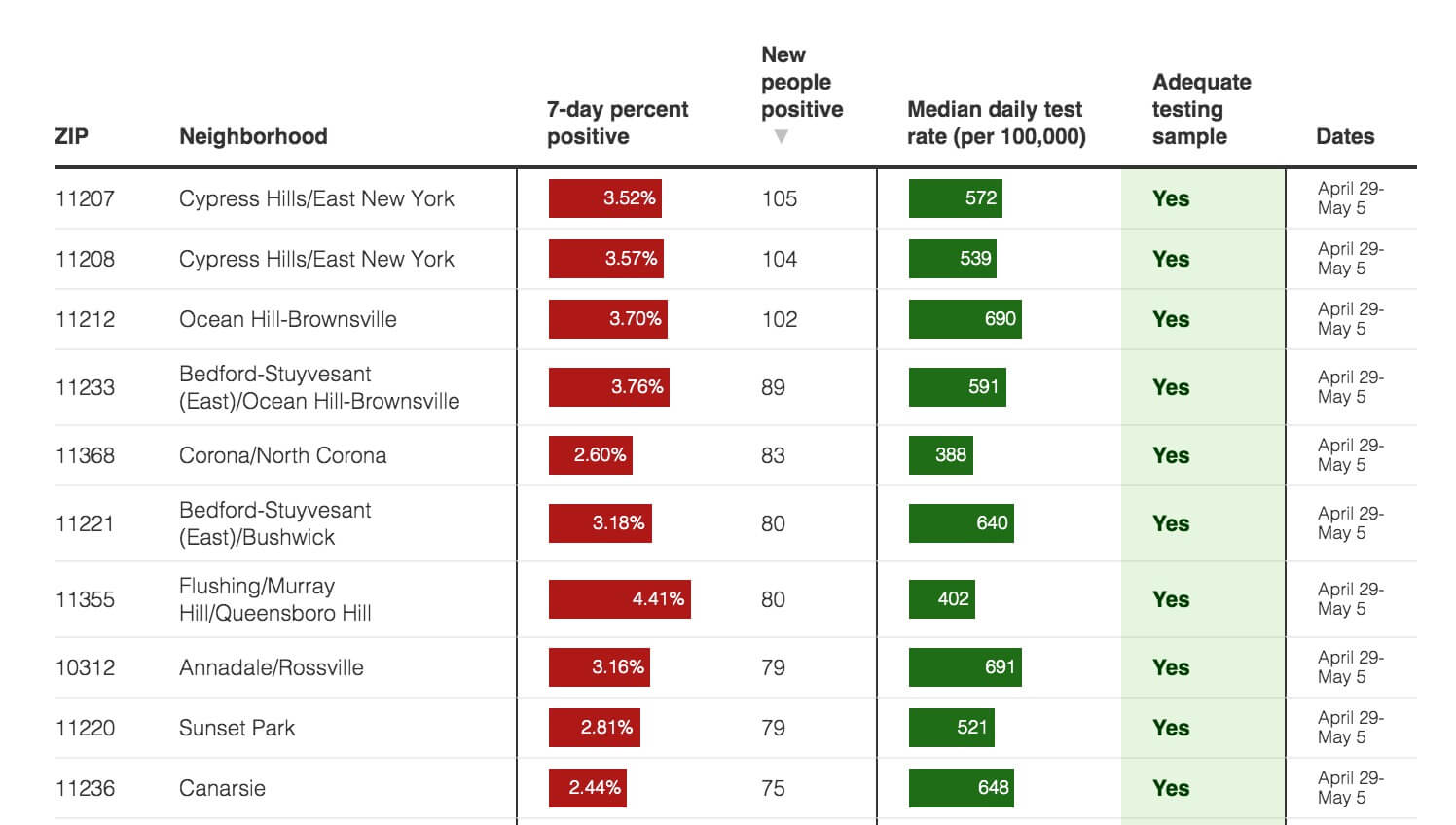
On the flip side, two areas of New York City did not log a single COVID-19 case between April 29-May 5: Battery Park City in Lower Manhattan (10282) and the Hunts Point section of the Bronx (10474).
City Island in the Bronx (10464) and the following five Manhattan ZIP codes each had just one reported COVID-19 case during the same period: Financial District (10004 and 10006), Tribeca (10007), Lincoln Square (10069) and Battery Park City (10280).
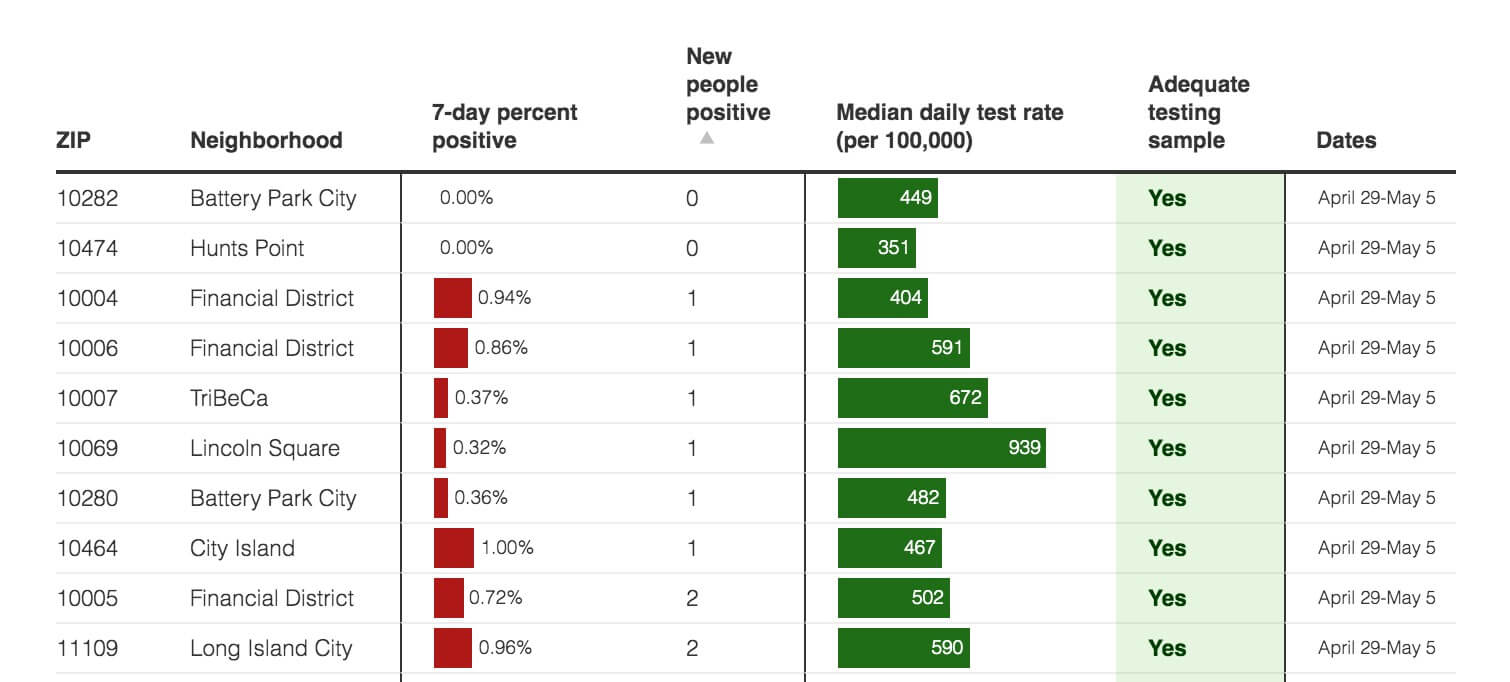
Overall, 26 of the 35 ZIP codes in New York City that had a 7-day positivity rate of less than 1% between April 29-May 5 were in Manhattan, most of which were Downtown.
The lone exceptions were Hunts Point, Bronx; Bayside, Queens (11360, 0.65%, four cases total); Douglaston/Little Neck, Queens (11363, 0.70%, four cases total); Boerum Hill/Park Slope, Brooklyn (11217/11243, 0.73%, 10 cases total); Astoria North, Queens (11102, 0.83%, eight cases total); Astoria/Long Island City (11101, 0.85%, 11 cases total); Whitestone, Queens (11357, 0.88%, 12 cases total); Hunters Point, Queens (11109, 0.96%, 2 cases total); and Brooklyn Heights/Dumbo/Downtown Brooklyn (11201, 0.97%, 21 cases total).
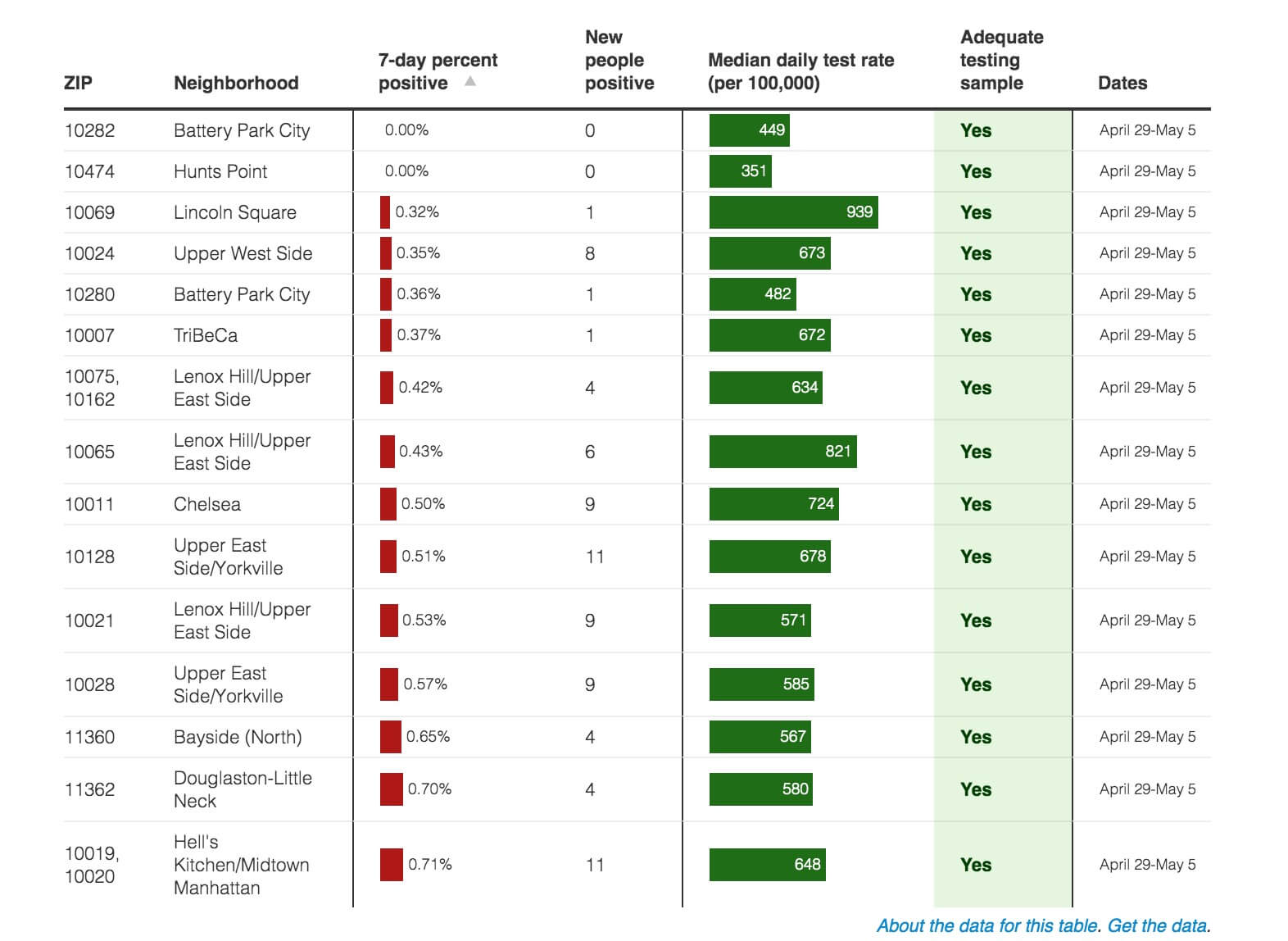
The preliminary city Health Department figures revealed that a 7-day average of 1,011 COVID-19 cases were detected on May 5; that number may be slightly adjusted pending the return of additional data. Nevertheless, that figure represents a 76% decrease from the 4,201 COVID-19 cases reported just six weeks ago, on March 27.
On Sunday, Mayor Bill de Blasio reported that just 834 new COVID-19 cases were reported over the last 24 hours, and the city’s 7-day positivity rate was down to 2.1%.
State Health Department figures for New York City, released on May 9, only serve to reinforce the city’s data. Those totals found that New York City had a 1.29% positivity rate as of May 8, with 844 new COVID-19 cases reported that day. The statewide positivity rate was down to 1.39%, with 2,269 new cases recorded.
Sadly, another 35 people died of COVID-19 Saturday — 24 of them in New York City, with four in the Bronx, eight in Brooklyn, three in Manhattan, seven in Queens and two on Staten Island.



